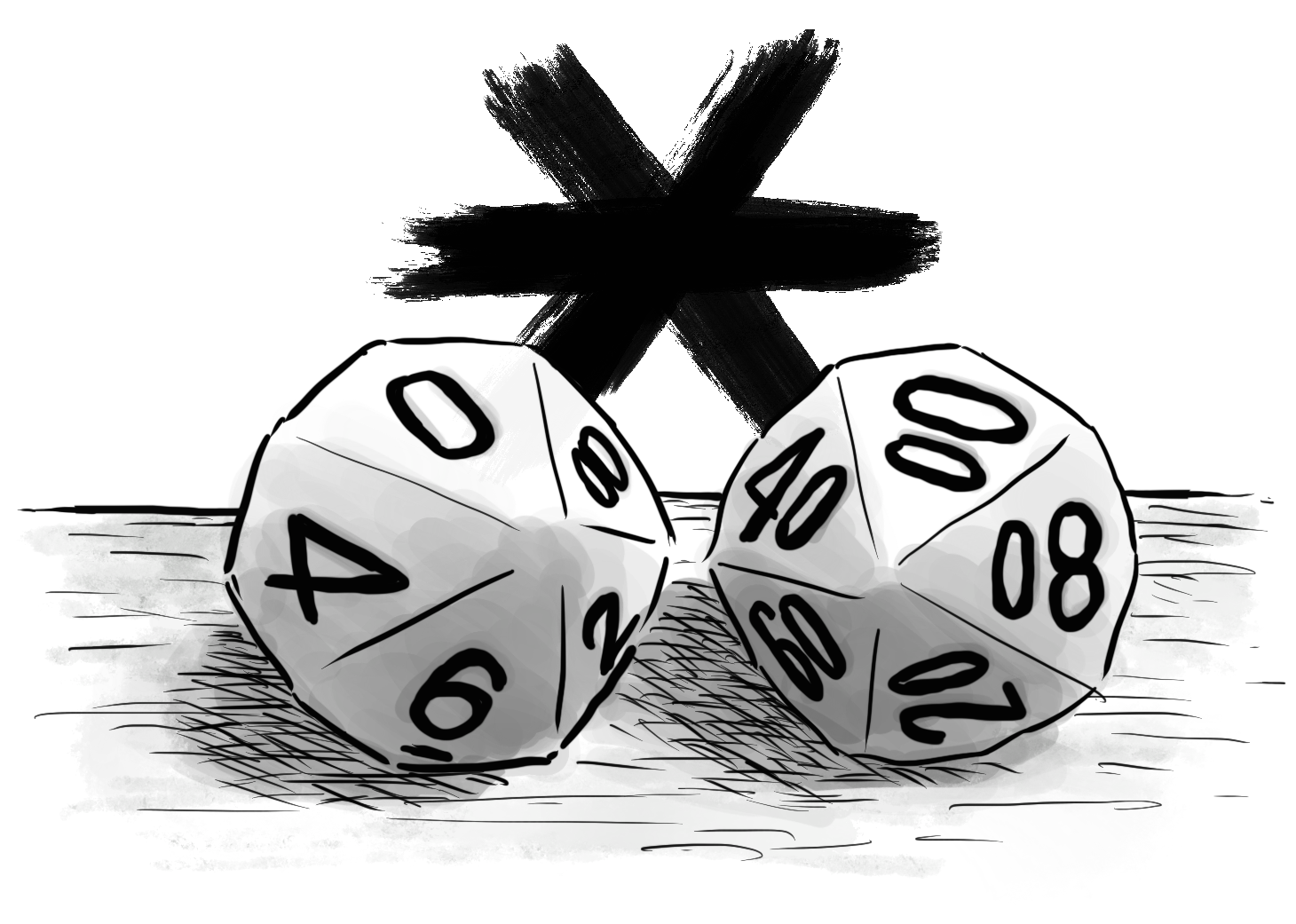Welcome to a new issue of the Journal of Runic Studies, the premier Malkioni publication for studies into the nature of Glorantha. If you haven’t subscribed yet, please consult with the spirit bound to the…
This is a translation of the first few documents from a large stack belonging to Saranioth The Wanderer. According to our cross-referencing, Saranioth was a traveling sage originally from Alda-Chur. He left the Lhankor Mhy…
Welcome to a new issue of the Journal of Runic Studies, the premier Malkioni publication for studies into the nature of Glorantha. If you haven’t subscribed yet, please consult with the spirit bound to the…
This document is a collection of folk stories, travel anecdotes, and miscellaneous items compiled by a scribe named Kothenia Blackfingers, who may have lived in Western Esrolia in the late 16th or early 17th century….
Welcome to a new issue of the Journal of Runic Studies, the premier Malkioni publication for studies into the nature of Glorantha. If you haven’t subscribed yet, please consult with the spirit bound to the…
Runic Rants is an irregular series of thoughts, opinions, and experiments about RuneQuest. In the previous parts of this Runic Rants series, we looked at all the situations that give you an experience check, and…
Runic Rants is an irregular series of thoughts, opinions, and experiments about RuneQuest. In the previous part of this Runic Rants series, we looked at all the situations in which an adventurer can get an…
Welcome to a new issue of the Journal of Runic Studies, the premier Malkioni publication for studies into the nature of Glorantha. If you haven’t subscribed yet, please consult with the spirit bound to the…
Runic Rants is an irregular series of thoughts, opinions, and experiments about RuneQuest. RuneQuest Glorantha is one of those games that has many rules disseminated throughout their hefty rulebook. I often overlook or forget a…
Welcome to a new issue of the Journal of Runic Studies, the premier Malkioni publication for studies into the nature of Glorantha. If you haven’t subscribed yet, please consult with the spirit bound to the…



